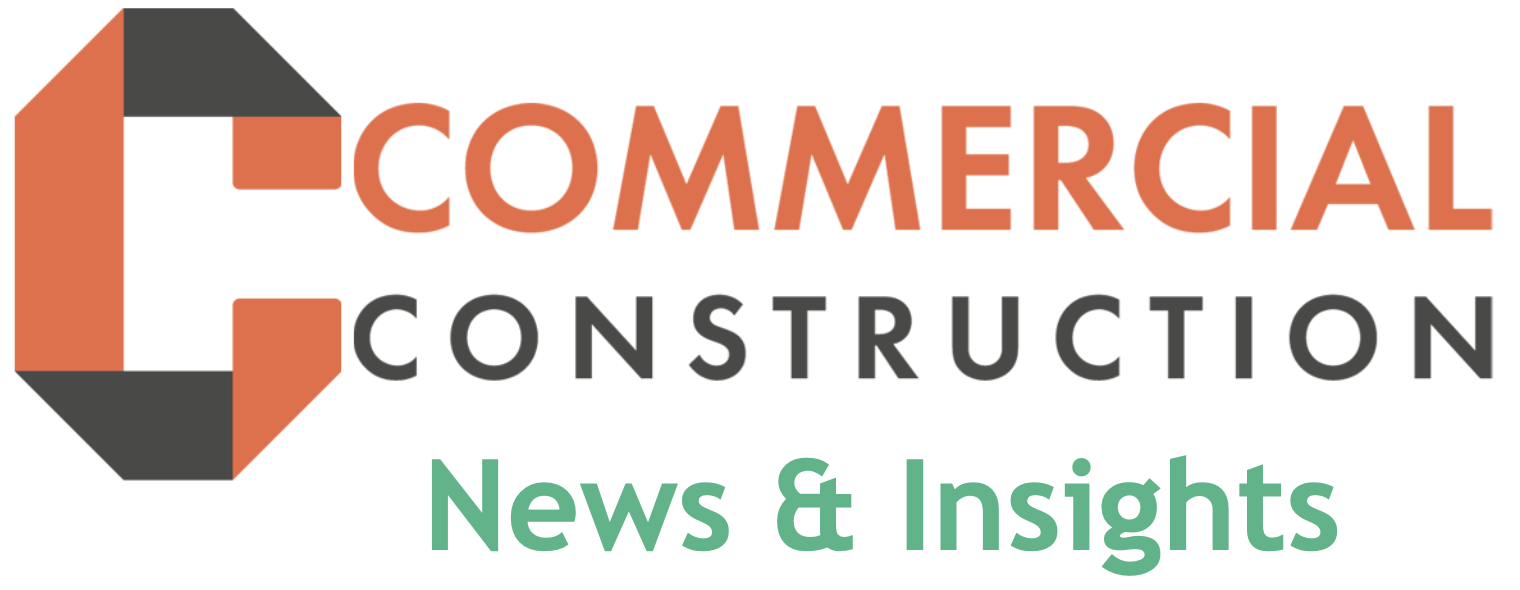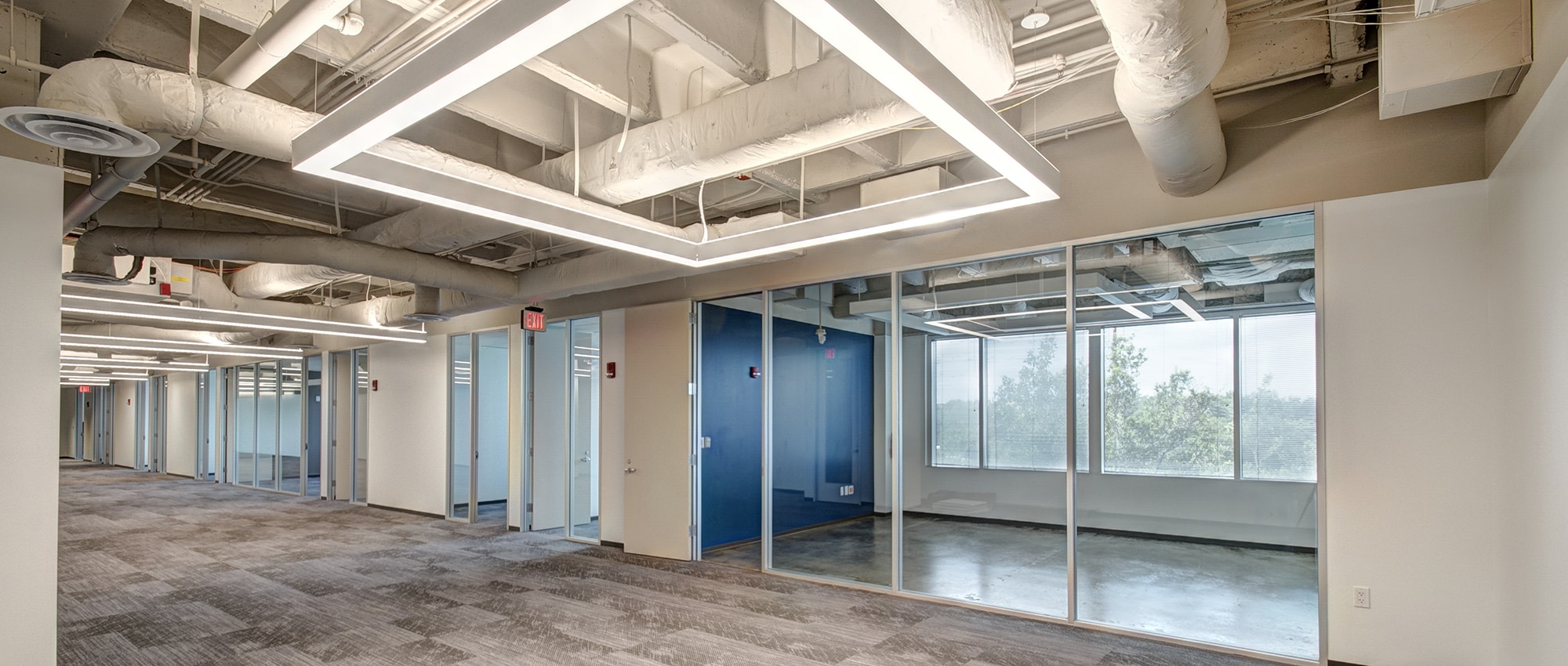Interior tenant improvement has evolved significantly in response to changing workplace dynamics, technology, and employee expectations. As companies continue to adapt to the evolving needs of their workforce, the design and layout of office spaces have become more flexible, dynamic, and employee-centric. In this article, we will explore the latest trends in interior tenant improvement that are reshaping modern workspaces.
- Flexible Workspaces
One of the most prominent trends in interior tenant improvement is the move towards flexible workspaces. These designs prioritize adaptability and aim to create environments that can easily transition to meet various work requirements. Open floor plans, movable partitions, and modular furniture are some of the elements that allow companies to reconfigure their space as needed, fostering collaboration and accommodating changing team sizes.
- Hybrid Work Models
The rise of remote and hybrid work models has led to an increased emphasis on creating flexible workspaces. Many companies are redesigning their interiors to cater to employees who may spend part of their workweek in the office and part elsewhere. As a result, interior tenant improvement now often includes designated spaces for remote work, incorporating the technology needed for virtual meetings and collaborative projects.
- Wellness-Centric Design
Employee well-being is a growing focus in interior tenant improvement. This trend encompasses elements like access to natural light, indoor plants, ergonomic furniture, and spaces for relaxation. Designers are creating environments that promote physical and mental health, aiming to boost productivity and overall job satisfaction.
- Sustainable Practices
Sustainability is a key trend in interior tenant improvement. Companies are increasingly seeking eco-friendly materials, energy-efficient lighting, and green building practices in their office renovations. Creating a sustainable workplace not only reduces an organization’s carbon footprint but also aligns with the values of environmentally conscious employees and clients.
- Technology Integration
The seamless integration of technology is vital in modern office design. With the increased use of video conferencing, smart devices, and touchless controls, interior tenant improvement projects often incorporate advanced tech solutions. Companies are investing in high-speed internet, AV equipment, and collaboration tools to support their workforce.
- Biophilic Design
Biophilic design, which connects employees with nature, is on the rise. This trend incorporates elements like living walls, natural materials, and outdoor workspaces, fostering a connection to the environment. Biophilic design has been shown to reduce stress, enhance creativity, and improve air quality.
- Collaborative Spaces
In response to the demand for collaborative work environments, interior tenant improvement now often includes a variety of spaces designed for teamwork. These may range from informal lounges and brainstorming nooks to more formal meeting rooms. Such spaces encourage creativity and cross-functional collaboration.
- Personalization
Personalization is another emerging trend. Employees want to feel a sense of ownership over their workspace. Interior tenant improvement projects are incorporating customizable elements, allowing individuals to make their workspace uniquely their own, whether through adjustable desks or the ability to personalize decor.
Conclusion
The world of interior tenant improvement is continually evolving to meet the needs of the modern workforce. Flexible workspaces, hybrid work models, wellness-centric designs, sustainability, technology integration, biophilic elements, collaborative spaces, and personalization are all trends that reflect a shifting focus on employee well-being, productivity, and adaptability. Companies that embrace these trends can create workspaces that not only attract top talent but also promote innovation, collaboration, and a sense of community among employees.




